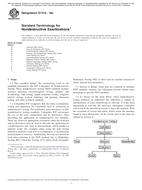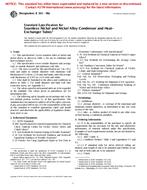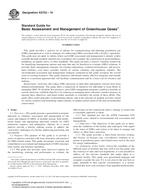1.1 This test method covers the determination of a number of metals such as aluminum, antimony, barium, calcium, iron, lithium, magnesium, molybdenum, phosphorus, silicon, sodium, sulfur, and zinc in unused lubricating greases by inductively coupled plasma atomic emission spectrometry (ICP-AES) technique.
1.1.1 The range of applicability for this test method, based on the interlaboratory study conducted in 2005, is aluminum (10-600), antimony (10-2300), barium (50-800), calcium (20-50 000), iron (10-360), lithium (300-3200), magnesium (30-10 000), molybdenum (50-22 000), phosphorus (50-2000), silicon (10-15 000), sodium (30-1500), sulfur (1600-28 000), and zinc (300-2200), all in mg/kg. Lower levels of elements may be determined by using larger sample weights, and higher levels of elements may be determined by using smaller amounts of sample or by using a larger dilution factor after sample dissolution. However, the test precision in such cases has not been determined, and may be different than the ones given in Table 1.
1.1.2 It may also be possible to determine additional metals such as bismuth, boron, cadmium, chromium, copper, lead, manganese, potassium, titanium, etc. by this technique. However, not enough data is available to specify the precision for these latter determinations. These metals may originate into greases through contamination or as additive elements.
1.1.3 During sample preparation, the grease samples are decomposed with a variety of acid mixture(s). It is beyond the scope of this test method to specify appropriate acid mixtures for all possible combination of metals present in the sample. But if the ash dissolution results in any visible insoluble material, the test method may not be applicable for the type of grease being analyzed, assuming the insoluble material contains some of the analytes of interest.
1.2 Elements present at concentrations above the upper limit of the calibration curves can be determined with additional appropriate dilutions of dissolved samples and with no degradation of precision.
1.3 The values stated in SI units are to be regarded as the standard. The values given in parentheses are for information only.
This standard does not purport to address all of the safety concerns, if any, associated with its use. It is the responsibility of the user of this standard to establish appropriate safety and health practices and determine the applicability of regulatory limitations prior to use.
Product Details
- Published:
- 11/01/2006
- Number of Pages:
- 7
- File Size:
- 1 file , 97 KB


